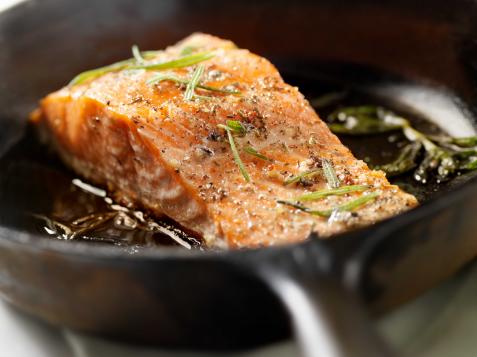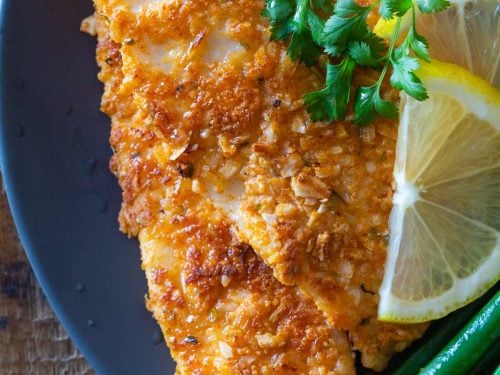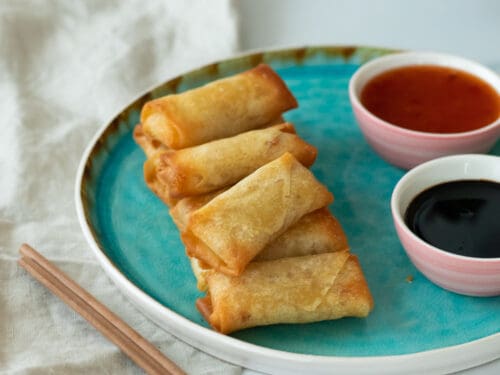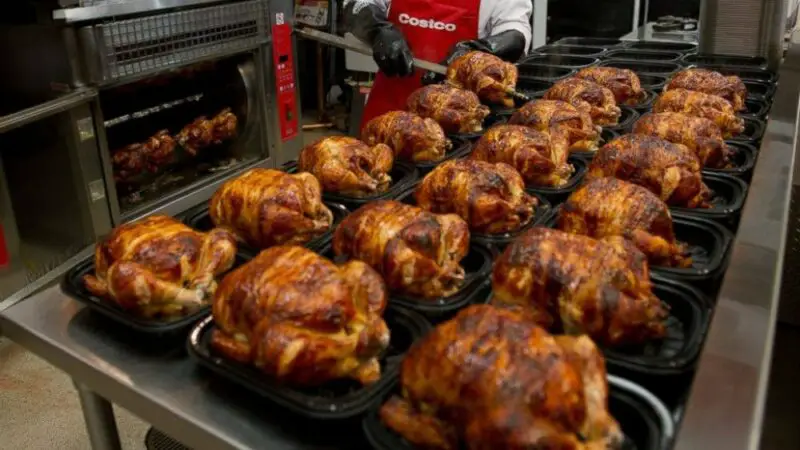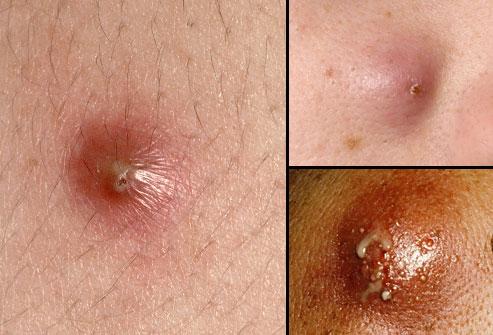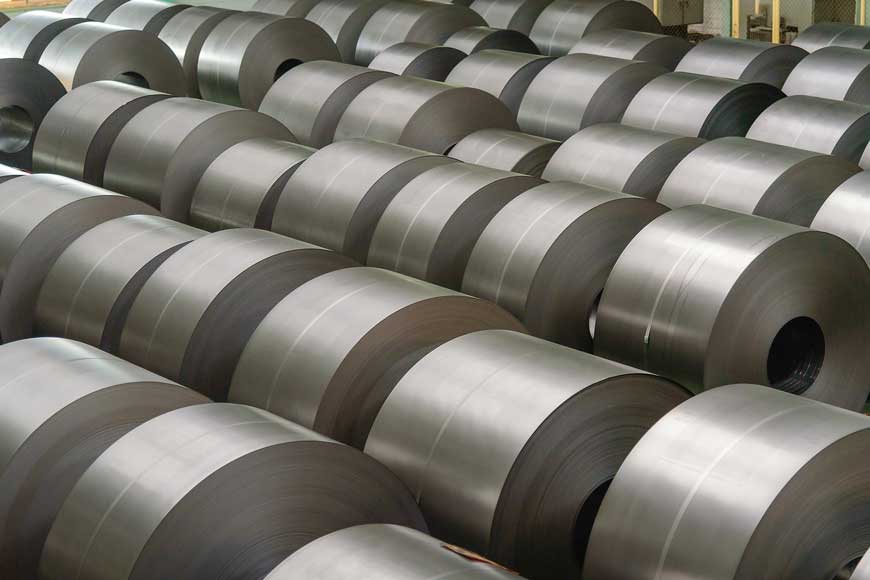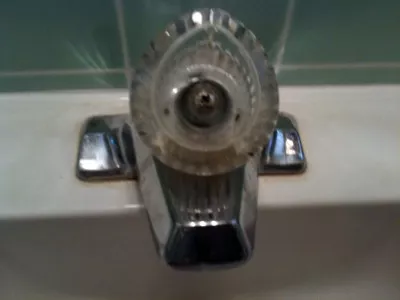The Perfect Timing: How Long After Defrosting Should Salmon Be Cooked
Salmon is a delicious and nutritious fish that’s enjoyed by many people all over the world. However, it’s important to know how to handle salmon properly to prevent foodborne illnesses and ensure that it maintains its high quality. One key aspect of salmon handling is understanding how long after defrosting should salmon be cooked. In this article, we’ll explore the science behind defrosting, food safety guidelines and regulations, the ideal time frame for cooking defrosted salmon, cooking methods for defrosted salmon, storage tips for defrosted salmon, evaluating the quality of defrosted salmon, reheating leftover salmon safety considerations, recipe ideas for using defrosted salmon, and much more.
The Science Behind Defrosting
Before discussing how long after defrosting should salmon be cooked, let’s first explore the science behind defrosting. There are three safe ways to defrost salmon: in the fridge, in cold water, or in the microwave.
- In the Fridge: This is the safest way to thaw frozen salmon because it prevents bacterial growth. Place your frozen fish on a plate or a tray on the bottom shelf of your fridge. It will take about 24-48 hours to fully defrost depending on the size of your fish.
- In Cold Water: Fill a large bowl with cold water and submerge your frozen fish – still in its packaging – into it. Keep changing the water every 30 minutes until it’s completely thawed-out. This method can take 1-3 hours depending on the size of your fish.
- In The Microwave: If you’re short on time but still want to defrost your salmon safely, you can do so using your microwave’s defrost function. However, be careful to follow the manufacturer’s instructions. Also, note that this method will partially cook the fish at the edges and might make it more difficult to cook evenly later.
It’s important to note that refreezing previously frozen salmon is not recommended because it can negatively affect its texture, flavor, and nutritional value. Therefore, it’s best to thaw only what you need by planning ahead the night before or at least a few hours beforehand.
Understanding Foodborne Illnesses
Food safety guidelines and regulations exist to keep people safe from harmful bacteria that can cause foodborne illnesses. While any type of food can harbor dangerous bacteria, certain foods like raw fish are particularly prone to contamination. Therefore, handling salmon safely is critical for avoiding foodborne illnesses like Listeria, E.coli, Vibrio, and Salmonella.
- The Basics: Always wash your hands before handling raw salmon or anything else in your kitchen. Use separate cutting boards for meat and vegetables to avoid cross-contamination. Clean all utensils and surfaces with hot soapy water or a sanitizing solution made of one tablespoon of chlorine bleach diluted in one gallon of water.
- The Danger Zone: The USDA defines the danger zone as any temperature between 40°F (4°C) and 140°F (60°C), where bacteria can grow rapidly. Keep salmon cold while thawing it out and until you’re ready to cook it. Cook salmon to an internal temperature of at least 145°F (63°C).
- The Types: Listeria can grow in cold temperatures often found in seafood coolers. E.coli can be found in fecal matter and can be transferred through cross-contamination. Vibrio is a bacteria found in warm, saltwater environments. Salmonella can survive freezing temperatures and is often found in raw or undercooked poultry and seafood.
Timing is Key: Cook the Salmon After Defrosting
The ideal time frame for cooking defrosted salmon is within 1-2 days after it’s fully defrosted. Don’t wait too long to cook your salmon because bacteria can quickly develop in room temperature or refrigerated raw fish. The length of time it takes to cook your salmon will depend on its thickness, type, and cut.
- Thickness: If your salmon is thick such as steaks or fillets, it will take longer to cook than smaller bits like diced pieces.
- Type: Different types of salmon have slightly different cooking times as well. Coho and sockeye are great for grilling or baking, whereas king or Chinook are better suited for poaching since they’re more delicate.
- Cut: Salmon cuts have different densities with parts more prone to overcooking than others. For example, thinner fillets with skin on will cook faster than thicker bone-in fillets.
Cooking Methods for Defrosted Salmon
There are several ways to cook defrosted salmon depending on what you’re in the mood for and how much time you want to spend in the kitchen.
- Baking: Preheat your oven to 400°F (205°C) and place your seasoned salmon fillets skin-side-down on a lined baking sheet coated with olive oil cooking spray. Bake for 12-15 minutes or until the salmon is cooked through.
- Grilling: Preheat your grill to medium-high heat and coat the grates with cooking oil. Place your seasoned salmon skin-side-down on the grill and cook for 4-5 minutes per side until it develops beautiful grill marks and flaky flesh.
- Sautéing: Heat up a tablespoon of olive oil in a large sauté pan over medium-high heat. Add your seasoned salmon fillets skin-side-up and cook for 5-6 minutes per side, or until the fish flakes easily using a fork.
- Broiling: Turn your broiler on high and place your salmon fillets, seasoned with salt and black pepper, on a foil-lined baking sheet coated with cooking spray. Broil for 8-10 minutes or until the salmon is cooked through.
- Poaching: Fill a large saucepan with enough water to fully submerge your salmon fillets. Bring it to a boil, reduce heat to low, add herbs or aromatics like lemon slices or rosemary, then carefully place your seasoned salmon fillets into the liquid. Simmer for about 5-7 until cooked through.
Each method has advantages and disadvantages depending on what you’re trying to achieve in terms of flavors, textures, and appearance. For example, grilling will give you bold smoky flavors but can make your fish dry if overcooked. Sautéing is quick and easy but might not be suitable for thick cuts of salmon that need more time in the heat.
Storage Tips for Defrosted Salmon
If you have any leftover cooked salmon, there are several ways to store it properly and reduce waste:
- Before Cooking: If you know you’ll have leftover cooked salmon, portion it out before you cook it. This way, you can refrigerate or freeze the unused portions right after cooking to preserve their quality.
- Before Storing: Allow your cooked salmon to cool down to room temperature before storing it in an airtight container. Don’t cover it while still warm because steam buildup can make the fish soggy.
- In The Fridge: Cooked salmon will last for up to 3 days in the fridge. If you plan on using it beyond that, consider freezing it.
- In The Freezer: To freeze your leftover cooked salmon, first let it cool down. Once cooled, wrap each individual portion with plastic wrap and then place them into a larger freezer-safe container or zip-lock bag. Label them with the date and store them for up to 2 months.
Evaluating the Quality of Defrosted Salmon
To assess if your defrosted salmon is of good quality or not, use your senses.
- Visual Cues: Check for colour changes from fresh pink to a paler reddish-pink. Dull looking or greyish coloring could also indicate that salmon has gone bad. Fresher salmon should have a smooth texture with moist flesh that separates without flaking apart.
- Sensory Evaluation: Fresh salmon should have no off odours such as strong ammonia smells which are unpleasantly fishy. You can tell whether it’s fresh by giving it a sniff before cooking.
Reheating Leftover Salmon: Safety Considerations
When reheating leftover cooked salmon, it’s crucial to handle it safely to avoid foodborne illnesses.
- The Rule of Thumb: When reheating leftovers, use a thermometer to ensure they reach an internal temperature of at least 165°F (74°C).
- Safest Methods: It’s best to use the oven, stovetop, or microwave to reheat leftover salmon. Avoid leaving leftover cooked salmon at room temperature for more than two hours.
- The Exception: Smoked salmon is the only type of leftover smoked fish that does not need to be heated before serving. It can be served cold or at room temperature without heating.
Recipe Ideas for Using Defrosted Salmon
If you’re wondering what dishes you could make with defrosted salmon, here are some recipe ideas:
- Sushi Rolls: Make your own sushi rolls with cooked salmon and sushi rice. Add avocado, cucumber, and pickled ginger for extra flavor.
- Salmon Cakes: Mix flaked cooked salmon with fresh breadcrumbs, beaten egg, chopped herbs, and lemon zest. Form the mixture into patties, then fry them until golden and crispy.
- Salads: Top spinach or mixed greens with sliced red onion, cherry tomatoes, feta cheese, and cooked salmon. Dress it up with a citrusy vinaigrette made of olive oil and lemon juice.
- Pasta Dishes: Add flaked cooked salmon to your favorite pasta dish like spaghetti aglio e olio or fettuccine Alfredo.
- Sandwiches: Make a smoked salmon sandwich with cream cheese, sliced red onion, and capers. Or make a grilled salmon sandwich with avocado, lettuce, and mayo on toasted bread.
Don’t be afraid to experiment with new flavor combinations to find the perfect recipe for you.
Conclusion
In summary, handling salmon requires care and attention to ensure safe consumption. Knowing how long after defrosting should salmon be cooked is just one aspect of that care. Following food safety guidelines and regulations, considering timing factors like thickness, cut and type of salmon as you select cooking methods, and storing defrosted salmon properly in the fridge or freezer are all crucial steps in ensuring safety and preserving its quality. With these tips, you can confidently enjoy your salmon dishes knowing they’re both safe and delicious.
How long can defrosted salmon be stored before it needs to be cooked?
Defrosted salmon should be cooked within 24-48 hours of being thawed. After this time, it is not safe to consume as bacteria can grow rapidly on the fish.
Can defrosted salmon be re-frozen if it’s not cooked?
It is not recommended to refreeze defrosted salmon. The texture and quality of the fish can change, and bacteria can grow during the second thaw.
What is the best way to thaw frozen salmon?
The best way to thaw frozen salmon is by placing it in the refrigerator overnight. If you need to thaw it quickly, you can place the sealed package in cold water or use a defrost setting on your microwave.
Is it safe to eat undercooked defrosted salmon?
No, it is not safe to eat undercooked defrosted salmon. Eating raw or undercooked fish can expose you to parasites or harmful bacteria that can cause food poisoning. Always cook your fish thoroughly until it reaches an internal temperature of 145°F.
